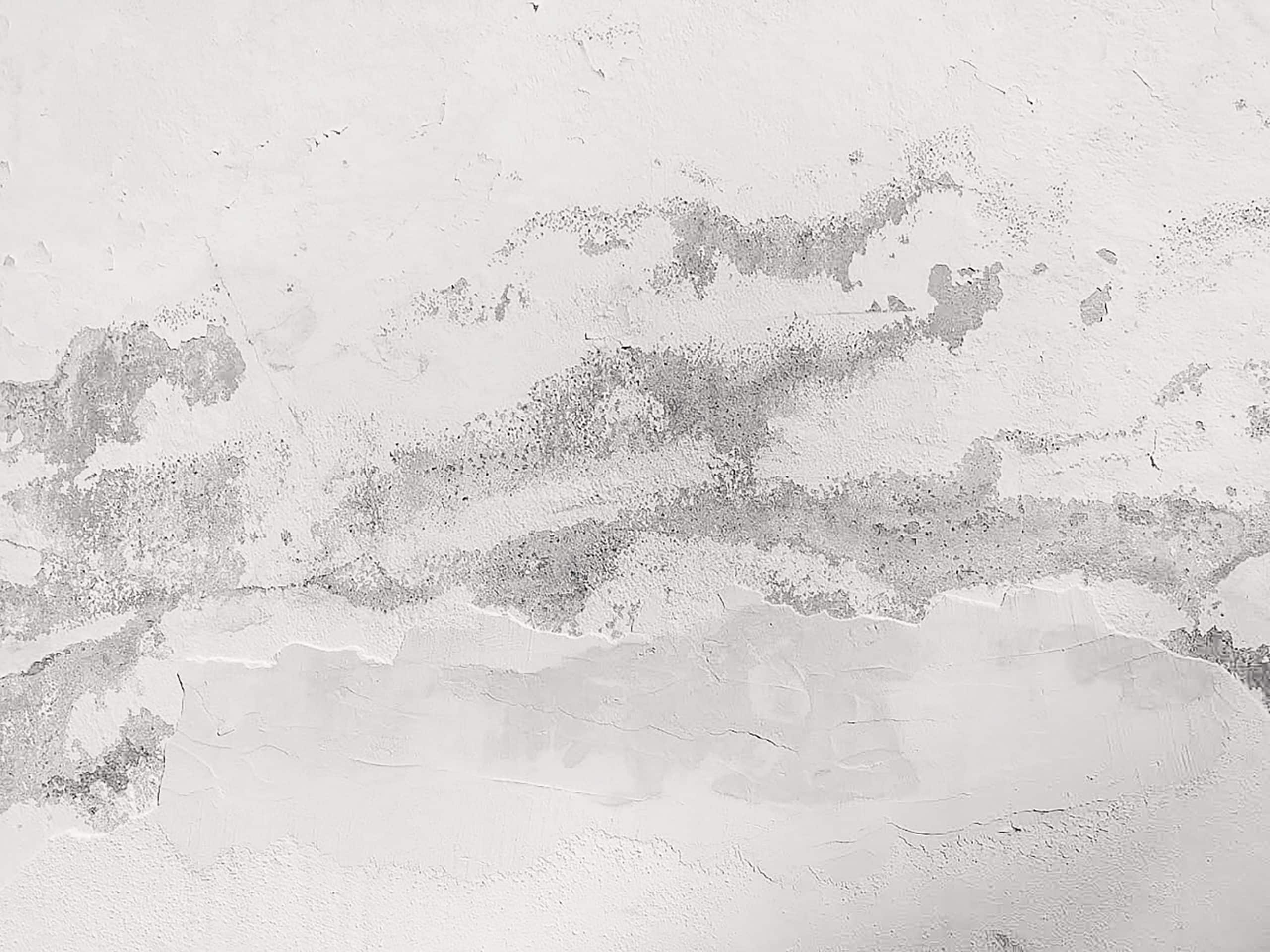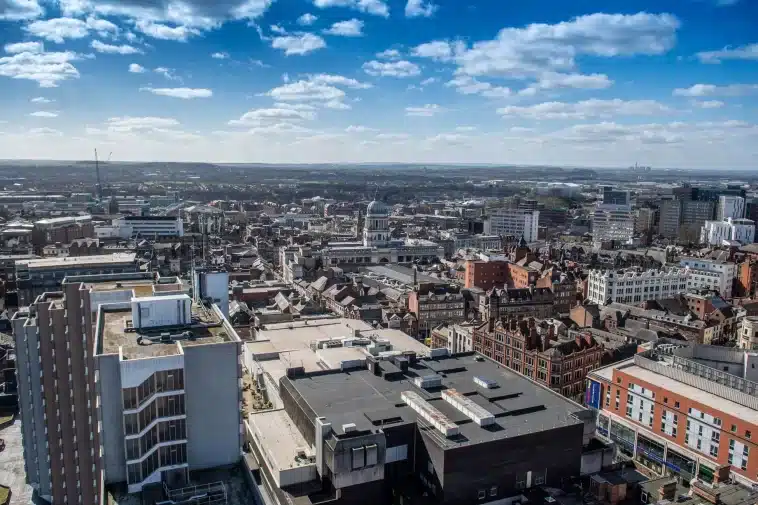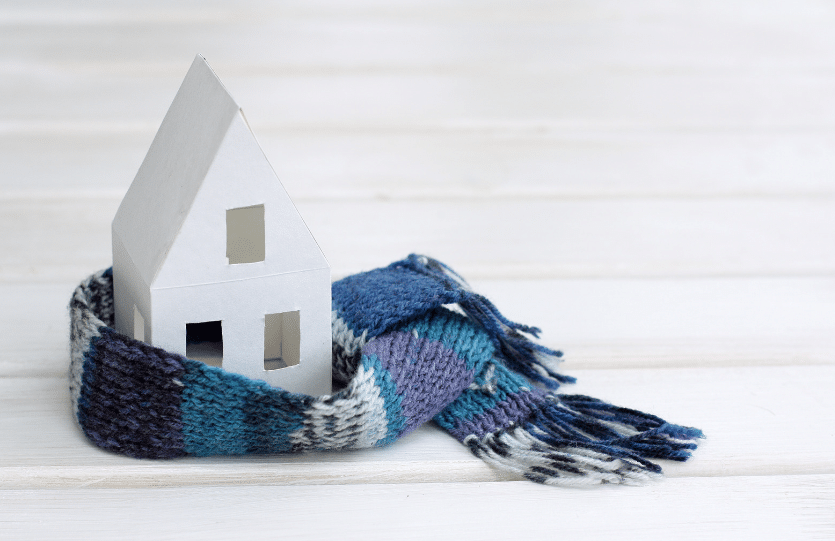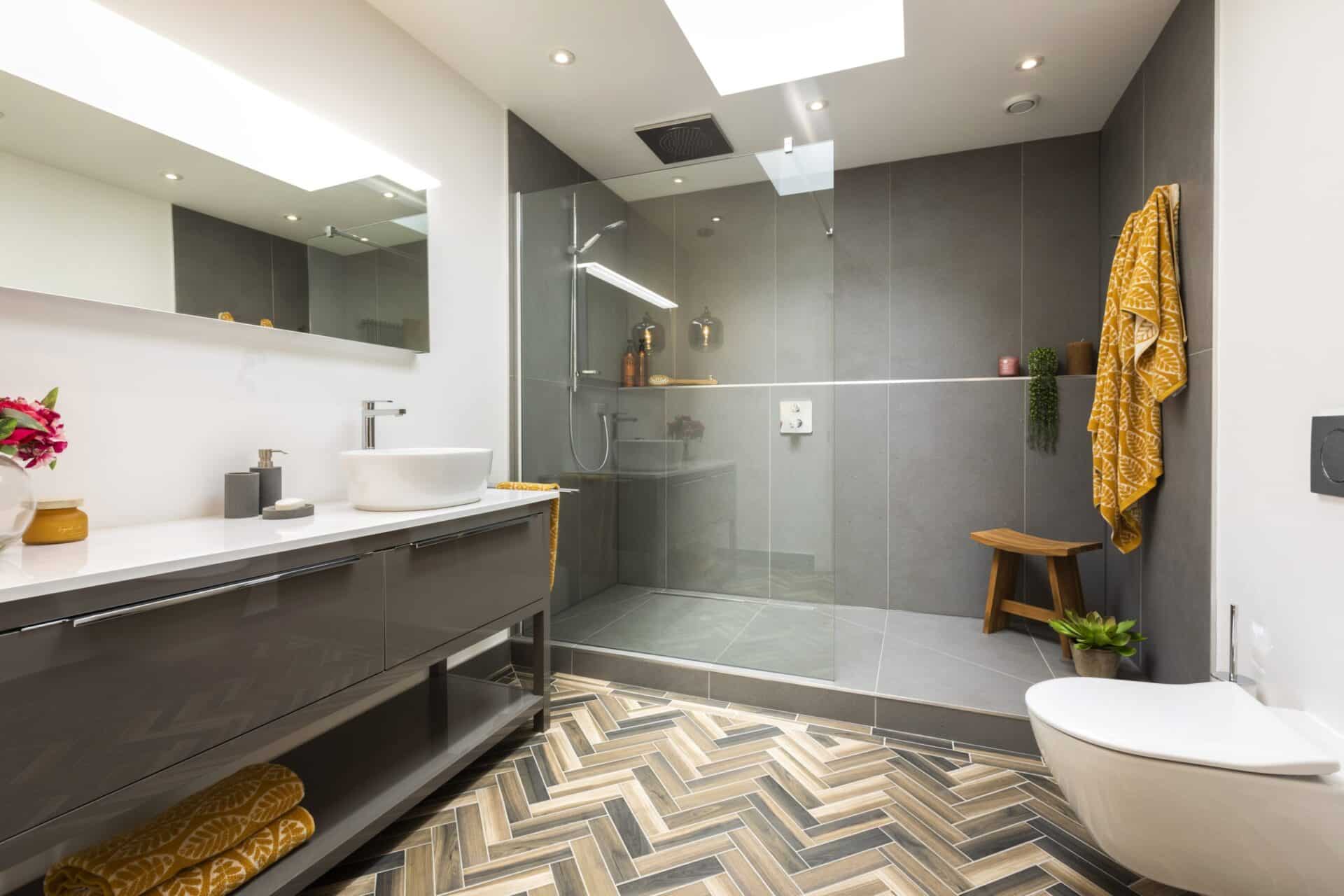Is mould OK on ceilings and walls that have been freshly plastered and how do you get rid of it?
In this article we cover:
- Scenario of mould on ceilings and walls
- What to do about it
Q: I’m looking for information about mould on ceilings/walls after the plastering is finished internally while the house is drying out (before heating).
We’ve a couple of rooms where the ceiling has a lot of mould and would love to hear and tips you have or how ye have seen it treated. I’ve heard this is common.

Les says: It’s not a very common occurrence, but it is known to happen in wet times of the year when the air moisture content (relative humidity) is high.
Add in damp walls or ceiling materials before plastering and a lack of ventilation and the conditions are created for growing mould. Note that if plasterboard gets too wet, it cannot be successfully restored.
It could also be possible that some of the materials (water, plaster, etc.) or the underlying ceiling and wall surfaces were contaminated in some way before the plastering was carried out.
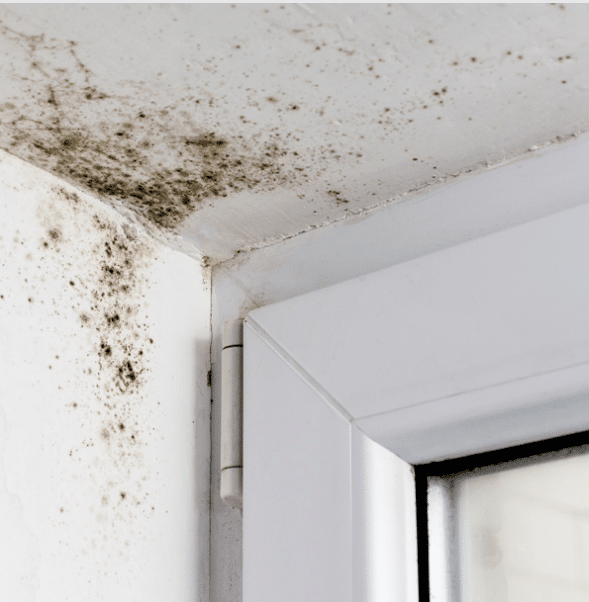
Purge ventilation would be a good first step if you can leave all the external doors and windows open for as long as possible. However, given the wet weather we’re having, it might take a long time.
A dehumidifier would be the best bet if you have to leave the house secured and then only when all other wet trades have been completed. Then, only when the plaster is suitably dry (less than 12 per cent moisture contentis advised, although I would aim for lower than that), use a suitable chemical treatment to get rid of the mould growth.
Monitor and repeat if necessary.

